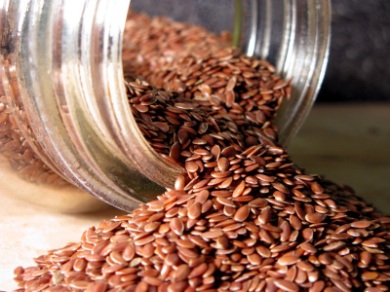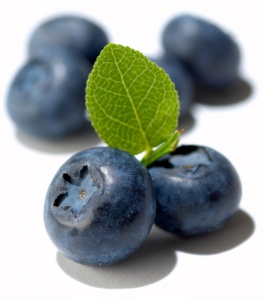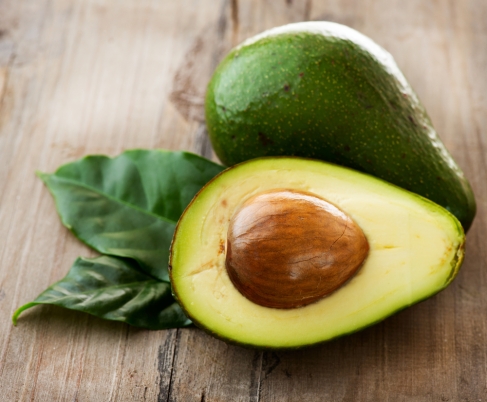Latin Binomial: Linum usitatissimum
Common Names: Flaxseeds, Linseeds
Parts Used: Seeds – a bit larger than the size of a sesame seed, have a hard shell that is smooth and shiny. Colour ranges from amber to reddish brown – there are Golden and Brown varieties.
Ground linseeds are preferable – as it enhances the nutrient absorption. Linseed oil is available – it lacks the fibre content of whole or ground seeds.
History: Flax has a long and rich history, with many civilizations throughout time celebrating it’s usefulness. Linseeds originated in Mesopotamia and historians found it was cultivated in Babylon in around 3000 B.C.E..
Hippocrates, the father of medicine, used flax in around 650 B.C.E, for the relief of abdominal pain. In the same period of time, Theophrastus recommended the use of flax mucilage as a cough remedy.
It was seen as so vital to health in the 8th century that Charlemagne passed a law that required it’s consumption. It was after this that linseeds became immensely appreciated throughout Europe.
Constituents & Nutritional Highlights: One of the most important nutrients available in the linseed seed is Omega 3 Essential Fatty Acid, Alpha- Linolenic Acid (ALA), which are found in excellent amounts. Linans – a type of phytoestrogen – are also an important element of the Linseed.
Linseeds are a great source of dietary fibre, magnesium, potassium and manganese. They are also a good source of the minerals phosphorus, iron and copper.
Actions & Benefits: Linseed oil contains almost twice the amount of omega-fatty acids than fish oil – although these are shorter chain ALAs rather than the longer-chain fats found in fish such as salmon. The longer-chain omega 3’s are EPA (eicosapentaenoic acid) and DHA (docosahexaenoic acid). Alpha-linolenic acid that is found in linseed oil can be converted into these longer-chain omega-3 fatty acids, but the conversion depends on the presence and activity of an enzyme called delta-6-desaturase, which is less available or less active in some people. People with diabetes or nutrient deficiencies may have an inhibition function of delta-6-desaturase. The consumption of saturated fat and alcohol can also inhibit this enzyme, therefore stopping ALA conversion.
Vitamin B3, B6, Magnesium, Zinc and Vitamin C are also all required by the body for conversion.
It is important for dietary intake of these nutrients to be adequate.
Due to this action – Linseed oil is an excellent vegetarian/vegan option when it comes to obtaining Omega 3 requirements – as long as the conversion is working properly.
ALA has many benefits on it’s own as a short-chain fatty acid – being seen to reduce heart disease risk and cancer risk.
Lignans found in linseeds and linseed oil are fibre compounds that have the ability to bind to estrogen receptors and interfere with the cancer promoting effects of estrogen on breast tissue. Lignans also increase the production of a compound known as sex hormone-binding globulin, or SHBG. This protein regulates estrogen levels by escorting excess estrogen out of the body. This makes indicates a use for people with estrogen dependent cancers or anyone with hormonal imbalance. Linseeds have been shown in clinical trials to slow breast cancer tumour growth.
Ground linseeds have been shown to be helpful in improving blood lipid profiles. This indicates a use in cholesterol reduction.
For more on Flaxseed’s uses in Herbal Medicine, look at this link – http://materiamedicaresource.wordpress.com/2013/03/07/flaxseed/
Selecting & Storing: Linseeds can be purchased either whole or already ground. Ground linseeds are more convenient but whole linseeds have a longer shelf life.
refrigerated and packaged seeds in store are best – and make sure there is no evidence of moisture. Whole linseeds must be stored in an airtight container in a dark, dry and cool place – do this and they will keep for several months.
Ground linseeds are best refrigerated and purchased in a vacuum-sealed package if possible. Because of their high oil content, Linseeds are highly prone to oxidation after grounding, so keeping them in a tightly sealed container in the fridge is a must – they will keep for 6 months this way. Ground linseeds can be frozen too and will keep for 1 year.
Linseed oil should be cold-pressed and purchased in opaque bottles that have been kept refrigerated. It should have a sweet nutty flavour. Never use linseed oil in cooking, as it will turn rancid if heated – but it can be added to food after cooking.
LSA mix`- Ground Linseeds, Sunflower Seeds and Almonds, is available. Store this as you would ground linseeds.
Dose: Ground linseed – 1 to 2 tablespoons daily. Oil- 1 tablespoon daily
Cautions & Contraindications: Linseeds contain moderate amounts of oxalate – individuals with a history of oxalate-containing kidney stones should avoid over consumption.
Serving Suggestions: Sprinkle ground linseeds onto cereal or porridge.
Add ground linseeds to your muffin, biscuit and bread recipes.
Add to smoothies.
Sprinkle on top of cooked veggies.
Use as a crumb to coat fish or chicken – can be mixed with breadcrumbs.
Add linseed oil to smoothies or salad dressings. It can also be drizzled over veggies, pasta or brown rice.
Check out my recipe for Banana Bread that has LSA in it.
Try aiming to add 1 tablespoon of flaxseed oil a day to your diet. Or do what I do and slurp it straight from the spoon;) It doesn’t taste too bad. Melrose Flaxseed oil – available in the fridge at your local healthfood store – http://www.melrosefoods.com/healthy-organic-products/Melrose-Flaxseed-Oil.aspx
Cranberry, Linseed and Chocolate Chip Cookies
Ingredients
3/4 cup spelt flour
1/4 cup ground linseeds
1/2 cup oats
1 teaspoon baking soda
1/4 cup olive oil, coconut oil would also as well
2/3 cup packed light brown sugar or coconut sugar
1 large egg
1 teaspoon organic vanilla extract
1 cup sulphate free organic dried cranberries
1/2 cup dark chocolate chips
Preheat oven to 180 degrees C. Line two cookie sheets with baking paper.
In a medium bowl whisk oil, sugar, egg and vanilla. Add flour, linseeds, oats, baking soda, chocolate chips and cranberries and combine.
Drop rounded scoops onto a lined cookie sheet and bake for 10 to 12 minutes.
Cool on the tray for 1-2 minutes and then transfer to a wire rack.



